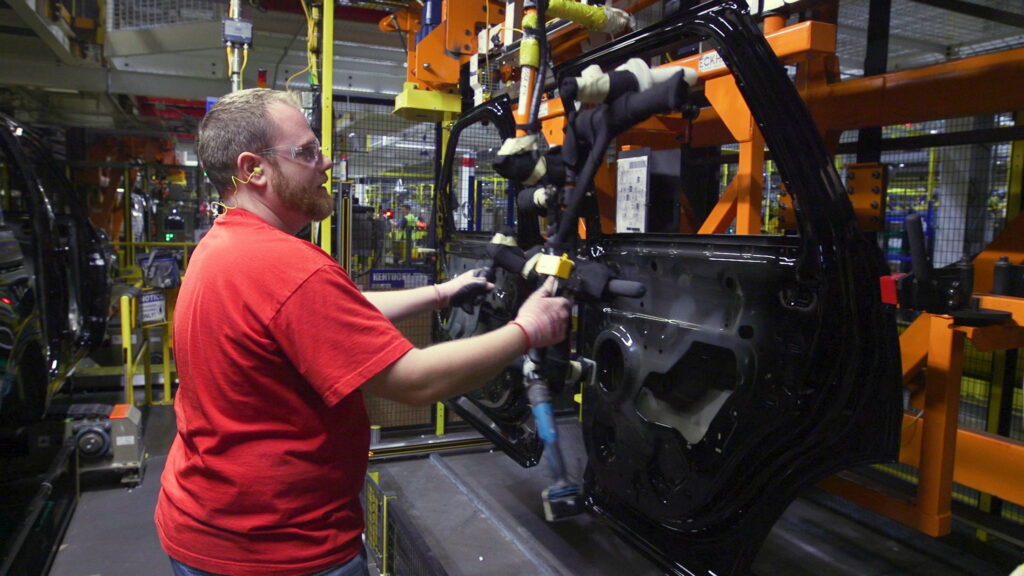Automakers often boast about how new production techniques can significantly reduce their costs. However, it’s a curious paradox that despite these cost-saving innovations, the prices of new cars continue to rise. This paradox exists because the law of supply and demand exerts a far greater influence on Manufacturer’s Suggested Retail Prices (MSRPs) than relatively moderate cost fluctuations. It’s also why consumers should not anticipate a sudden surge in vehicle prices now that new UAW contracts are being ratified.
Negotiators with the UAW scored big wins for Ford, GM, and Stellantis workers in the U.S. Their pay is expected to rise by 11 percent immediately, and by 30 percent over the four-and-a-half-year lifespan of the contract.
Read: General Motors UAW Workers Ratify New Deal After Hotly Contested Vote

While the leaders of the Detroit Three automakers would undoubtedly prefer to pass on these increases directly to customers, they might encounter difficulties in doing so, reports CNN. Apart from the potential backlash from consumers, they also need to factor in their competition. Some competitors have non-unionized workforces, or they operate in different parts of the world, which means they face no immediate pressure to raise their MSRPs.
As a result, the increasing labor prices are likely to eat into the automaker’s profits, not consumers’ wallets. Incidentally, that tidily explains why investors generally dislike strong unions, and well-paid labor forces.
Labor contributes a mere 7% to your vehicle’s bill
But don’t shed any tears for investors or automakers just yet, because these pay increases won’t inflict significant wounds on profitability. The current landscape of the automotive industry reveals that components account for a more substantial portion of expenses compared to labor costs, whose contribution to the manufacturing process only represents around 7 percent of the total cost of a new vehicle.
What this means is that these new contracts are only likely to add $200 per year to the price to the the overall cost of manufacturing a vehicle throughout the duration of the contract. Meanwhile, Ford reports that it earned about $3,000 per hybrid and electric vehicle it sold in the first nine months of 2023 (before interest and taxes).
This suggests that Ford, along with its Detroit competitors, is likely to absorb the additional labor cost without experiencing a significant surge in MSRPs. Despite the robust language from automakers, they are expected to weather this situation just fine.




